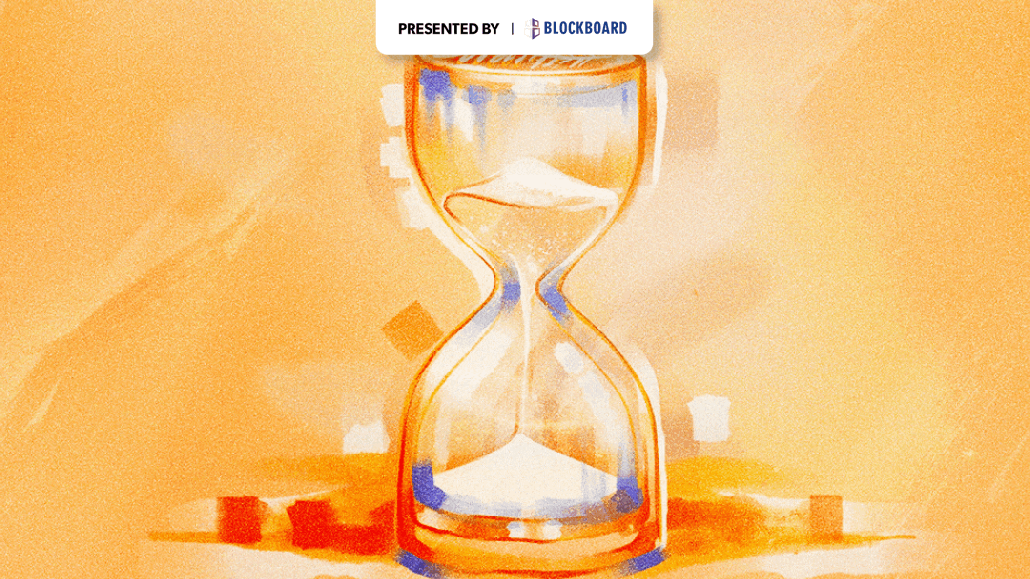Omnicom wraps Cannes with an Instacart API deal to buy directly off influencer content
By Michael Bürgi • June 20, 2024 •

Ivy Liu
Digiday covers the latest from marketing and media at the annual Cannes Lions International Festival of Creativity. More from the series →
The easier you can make the shopping experience, the more likely someone will buy something.
Omnicom, in the last of a flurry of partnerships announced at Cannes Lions this year, aims to do just that for its clients via an integration into Instacart’s new Instacart Developer Platform (IDP). Omnicom said it’s the first holding company to access an API program that uses Instacart’s online grocery platform to more directly connect creators’ lists of material needs to the retail outlets that supply them. In other words, creator campaign content such as recipes, projects and “get ready with me” routines can be made shoppable and ready for purchase via Instacart.
Omnicom said it’s building a new platform to enable this functionality across social media platforms, which will be ready by this fall. Consumers will be able to shop for items in creator content from more than 1,500 retailers in 85,000 stores with same-day fulfillment via Instacart. It will be able to attribute orders purchased to a specific creator activation for their clients, via Omnicom’s Flywheel commerce cloud.
Megan Pagliuca, Omnicom Media Group’s chief activation officer, offered an example of an influencer or creator showcasing a recipe. By working through the Instacart API, instead of doing their own research to find the ingredients, they’re instantly available, regardless of the platform on which the influencer presented.
“It significantly reduces friction for the consumer, so when they’re looking at an ad on Tiktok, on Instagram, on any influencer platform … they can then automatically add that to the Instacart cart,” said Pagliuca. “I gave a recipe example, but it’s true across multiple verticals of products.”
Chris Rogers, Instacart’s chief business officer, said it’s all about ease of shopping — and, of course, the money that can be made when shopping happens. After all, according to Statista, global influencer marketing spending is said to have reached $34 billion, while U.S. influencer dollars were $26.1 billion.
“IDP is all about turning inspiration into action and, ultimately, helping businesses serve their customers even better,” said Rogers, who noted that the rapid turn around rate from engagement with content to order fulfillment as underscoring “the value of retail media and the future of shoppable commerce.”
Kevin Blazaitis, who runs Omnicom Media Group’s integrated influencer practice, adds that the attribution element offers up what Omnicom clients are looking for.
“Historically in the space with click to cart or others, it stopped at cart — you could only really see it was added to cart,” said Blazaitis. “Now we can see that the sale was completed, that the ingredients were actually purchased, and that allows us to be very direct back to the brands themselves, and potentially to the retailers as well for what product we moved and where.”
So does this put pressure on influencers and creators to be able to deliver the goods, since the ability to track presentation-to-purchase is so much more effective? If anything, it legitimizes influencers as a media channel even more because of that clarity, said Clarissa Season, chief experience officer with Annalect, which powers Omincom’s holdco-wide operating platform Omni.
“That kind of outcomes based measurement is leaps forward,” said Season. “I mean, we don’t have that for a lot of traditional channels right now.”
Added Pagliuca: “For influencers, it’s exciting because it provides an opportunity for a larger share, as long as it’s performing and driving sales.”
https://digiday.com/?p=548393


